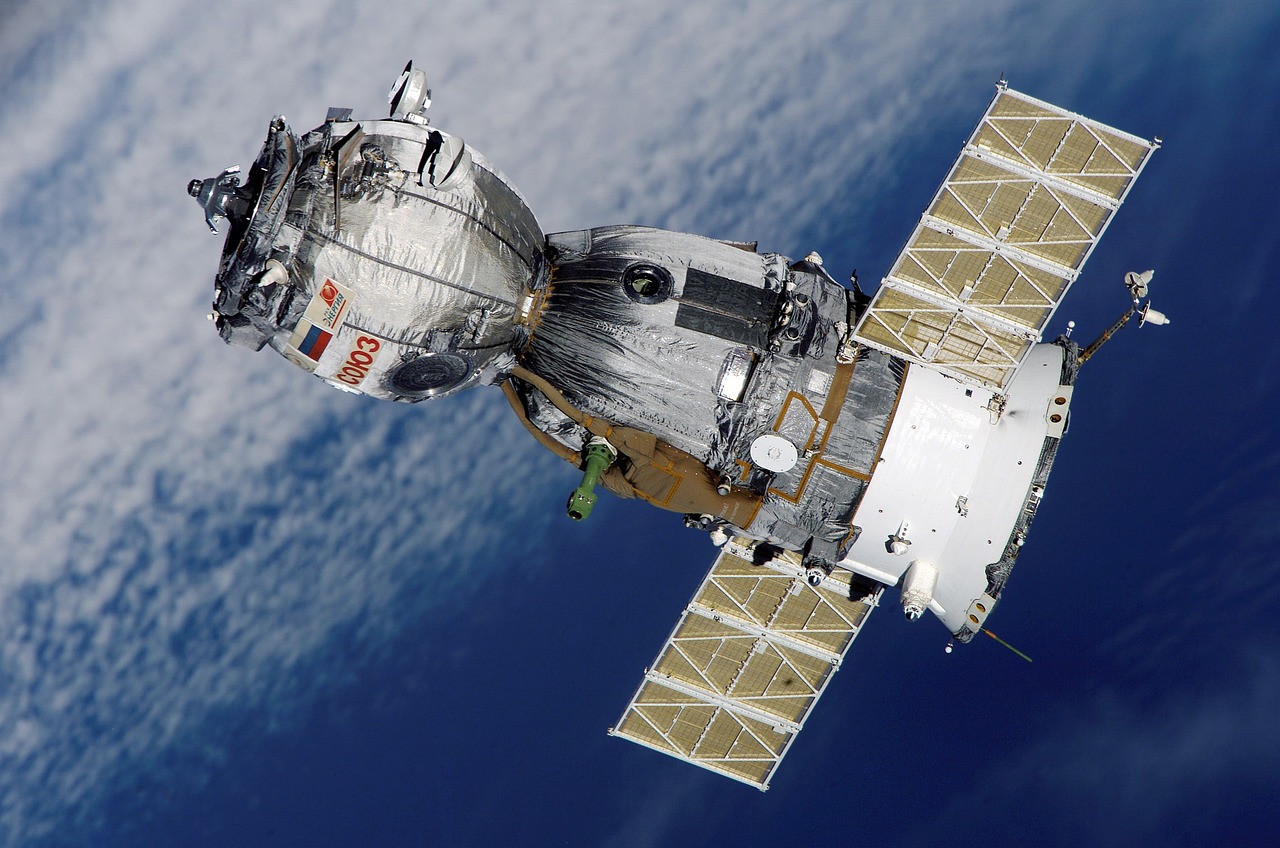The Unveiling of Space Tourism: A New Era of Exploration
Space tourism, once a concept confined to the realm of science fiction, is now a burgeoning reality. The recent developments in private space travel have sparked a new wave of interest and intrigue, with many envisioning a future where interstellar vacations are as common as weekend getaways. This article delves into the world of space tourism, exploring its history, current trends, and what it could mean for the future of travel.

The Genesis of Space Tourism
The idea of space tourism took root during the space race of the 1960s. As nations competed for dominance in outer space, dreamers and visionaries imagined a future where space travel was not just for astronauts, but for anyone with a sense of adventure. The first inklings of space tourism emerged in the late 20th century when a few wealthy individuals paid exorbitant amounts to visit the International Space Station (ISS).
The Dawn of Private Space Travel
The 21st century marked a turning point for space tourism, with the rise of private space companies such as SpaceX, Blue Origin, and Virgin Galactic. These companies are pioneering new technologies to make space travel more accessible and affordable. In recent years, they have made significant strides, including successful manned missions and plans for commercial spaceflights.
The Allure and Challenges of Space Tourism
The prospect of viewing Earth from space, experiencing zero-gravity, and stepping foot on celestial bodies is undoubtedly enticing. However, space tourism is not without its challenges. The high costs, safety concerns, and the physical toll of space travel are significant hurdles. Furthermore, the emerging industry faces regulatory, environmental, and ethical issues that need to be addressed.
The Future of Space Tourism
Despite the challenges, the future of space tourism looks promising. As technology continues to advance, costs are expected to decrease, making space travel more accessible. Experts predict that space tourism could become a multi-billion dollar industry in the next decade, offering a range of experiences from orbital stays to lunar vacations.
Intriguing Aspects of Space Tourism
- The current cost for a space tourist ticket ranges from $200,000 to $55 million, depending on the mission.
- Space tourists undergo rigorous training to prepare for the physical demands of space travel.
- Some companies are considering the construction of space hotels for long-term stays.
- Beyond tourism, space travel could have practical applications such as point-to-point travel, potentially reducing long-haul flights to mere minutes.
In conclusion, space tourism represents a new frontier in travel. While it is currently a privilege of the wealthy, ongoing advancements may soon make it a reality for the average traveler. As we stand on the precipice of this new era, the dream of exploring the cosmos is closer than ever before. Navigating the challenges ahead will be crucial in shaping the future of space tourism and redefining our concept of travel.




